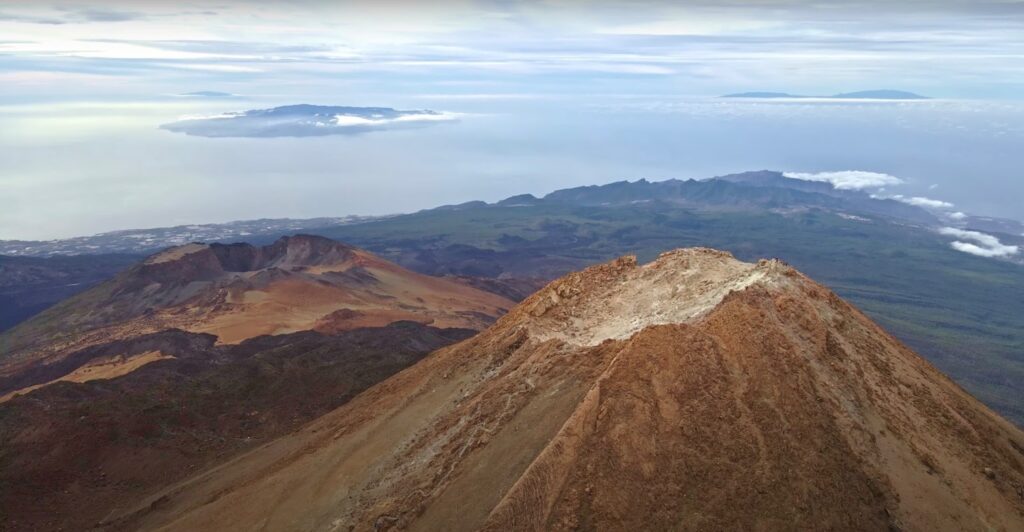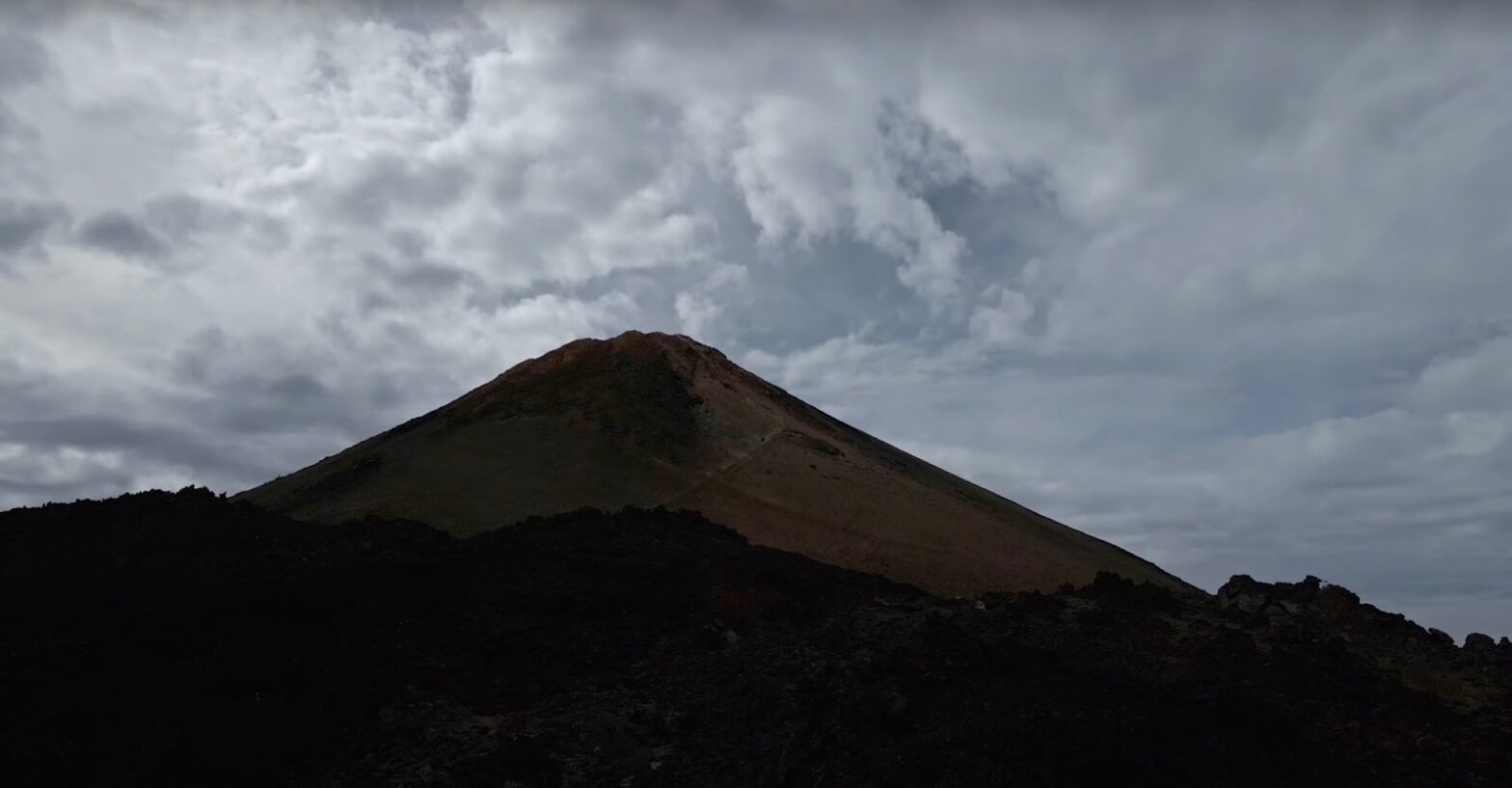Mount Teide, located in Tenerife, Canary Islands, Spain, stands as one of the most renowned natural landmarks in the world. Its towering presence and unique geological features draw inquisitive minds and adventurous spirits from all corners of the globe. This article delves into the fascinating aspects of Mount Teide, exploring its geological significance, historical eruptions, current activity, and the allure it holds for tourists and nature enthusiasts.
Facts about Mount Teide
Overview of Mount Teide
Mount Teide, situated in Tenerife, Canary Islands, Spain, rises to a height of 12,188 feet (3,715 meters) above sea level. Remarkably, when measured from the ocean floor, its elevation exceeds 24,600 feet (7,498 meters). This volcanic giant is not only one of the largest volcanoes globally but also serves as a crucial source of information about geological processes on volcanic islands.
| Attribute | Details |
|---|---|
| Location | Tenerife, Canary Islands, Spain |
| Height above Sea Level | 12,188 feet (3,715 meters) |
| Height from Ocean Floor | Over 24,600 feet (7,498 meters) |
| Importance | One of the largest volcanoes globally |
| Status | Dormant volcano |
| Average Temperatures | Daytime temperature ranges from 39 F (4.1 C) in winter to 64 F (17.9 C) |
Biodiversity around Mount Teide
The National Park surrounding Mount Teide attracts over 100,000 tourists annually, offering a stunning landscape that juxtaposes snowy slopes with warm, sunny areas at its base. Visitors can explore the unique rocky terrain and encounter approximately 168 different species of plants and around 140 examples of wildlife, predominantly insects. This biodiversity contributes to the park’s allure, providing a rich tapestry of life within this volcanic environment.
Is Mount Teide Still Active?
Current Activity of Mount Teide
Despite being classified as a dormant volcano, Mount Teide remains an active geological feature. The last eruption occurred in 1909 along the Santiago Rift. While volcanologists have indicated that the volcano is not currently at risk of erupting, the potential consequences of an eruption are significant. If Mount Teide were to erupt, it could lead to catastrophic events, including the fracturing of the island of Tenerife, triggering tsunamis, and resulting in substantial loss of life.
Geological Significance
Mount Teide’s ongoing activity provides scientists with invaluable insights into volcanic processes and the behavior of dormant volcanoes. By studying its patterns and monitoring its activity, researchers can better understand the potential risks associated with volcanic islands and develop strategies to mitigate these hazards.

Mount Teide Eruptions
Historical Eruptions
Throughout history, Mount Teide has experienced several eruptions, shaping the landscape of Tenerife and influencing the island’s ecology. These eruptions have contributed to the formation of unique geological features, leaving behind a legacy of volcanic activity that continues to captivate geologists and historians alike.
Impact on Surrounding Environment
The eruptions of Mount Teide have played a pivotal role in sculpting the island’s topography and influencing the surrounding ecosystem. The volcanic soil and ash deposits have enriched the land, fostering the growth of diverse flora and creating habitats for a wide array of wildlife. Understanding the impact of these eruptions is essential for comprehending the dynamic relationship between volcanic activity and ecological systems.
Why is Mount Teide Famous?
Unique Climatic Conditions
One of the key factors contributing to Mount Teide’s fame is its exceptional climatic diversity. Despite its tropical location, the mountain experiences snowfall, creating a striking contrast between its snow-covered slopes and the warm, sun-drenched areas at its base. This rare phenomenon draws visitors seeking to witness this captivating juxtaposition firsthand.
Cultural and Historical Significance
Beyond its geological and ecological importance, Mount Teide holds cultural and historical significance for the people of Tenerife and beyond. It has been a source of inspiration for artists, writers, and explorers, leaving an indelible mark on the region’s identity and heritage.
What to Do at Mount Teide?
Tourist Attractions
Visitors to Mount Teide National Park can partake in a myriad of activities, including hiking, birdwatching, stargazing, and guided tours. The cable car ride to the summit offers breathtaking panoramic views, providing an unforgettable experience for adventurers and nature enthusiasts.
Conservation Efforts
Conservation initiatives within the National Park aim to preserve the unique biodiversity and geological heritage of Mount Teide. These efforts include habitat restoration, species conservation, and educational programs designed to raise awareness about the importance of protecting this natural treasure.
Conclusion
In conclusion, Mount Teide stands as a testament to the awe-inspiring forces of nature, offering a window into the complex interplay between geological processes, ecological systems, and human fascination. Its status as an active yet dormant volcano underscores the need for continued research and vigilance, ensuring the safety of the surrounding communities and the preservation of this remarkable natural wonder. As visitors continue to flock to its slopes, Mount Teide remains a symbol of resilience, beauty, and scientific inquiry, inviting all who venture there to marvel at its grandeur and ponder the mysteries held within its ancient depths.



